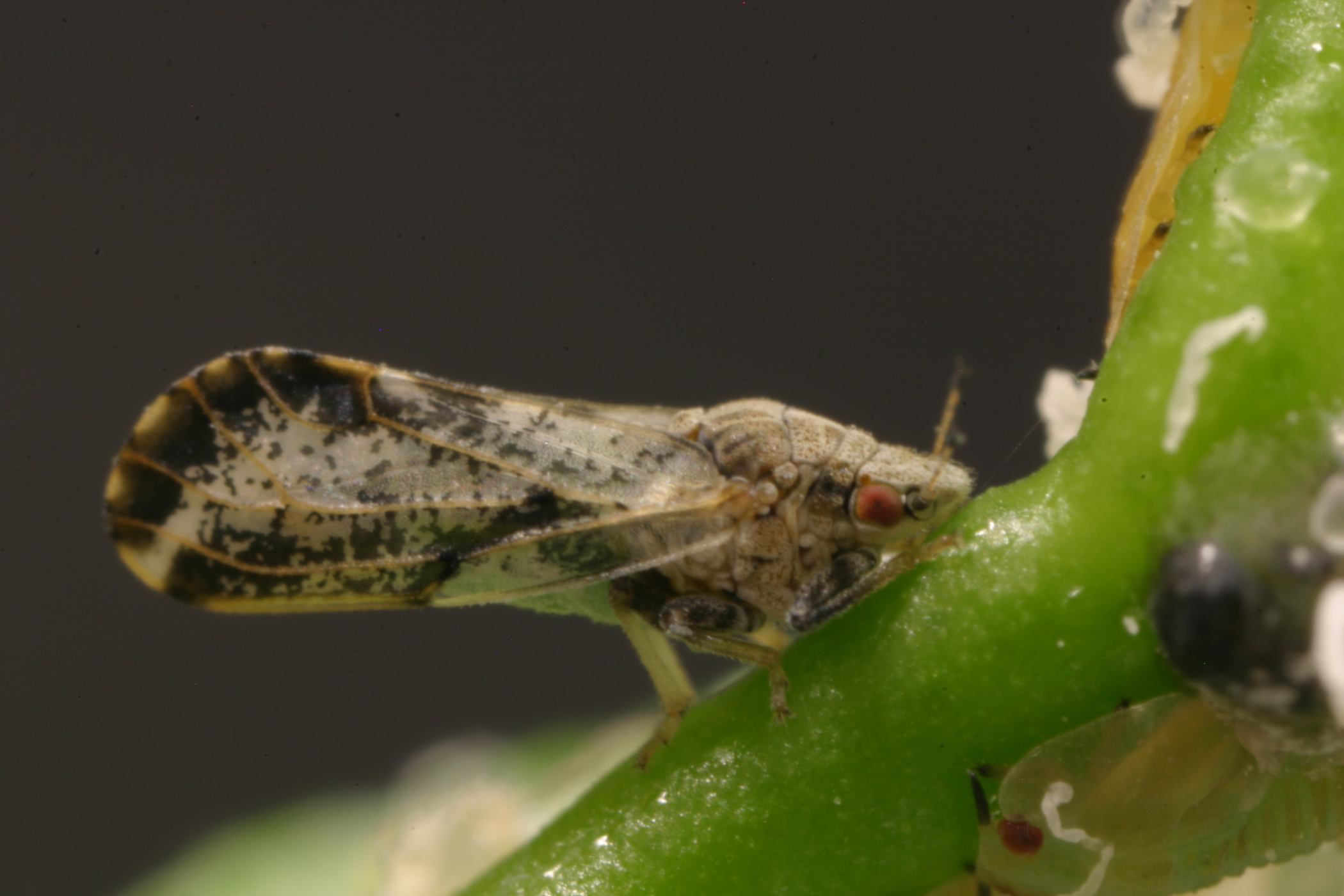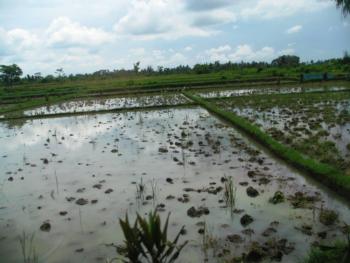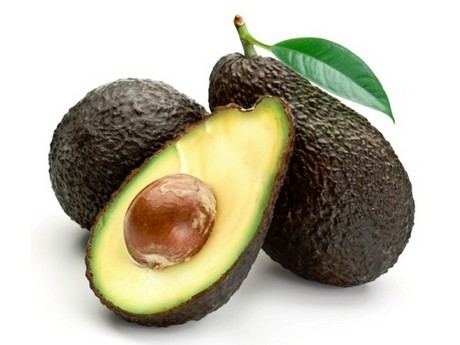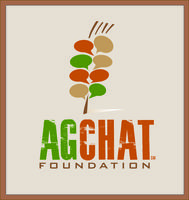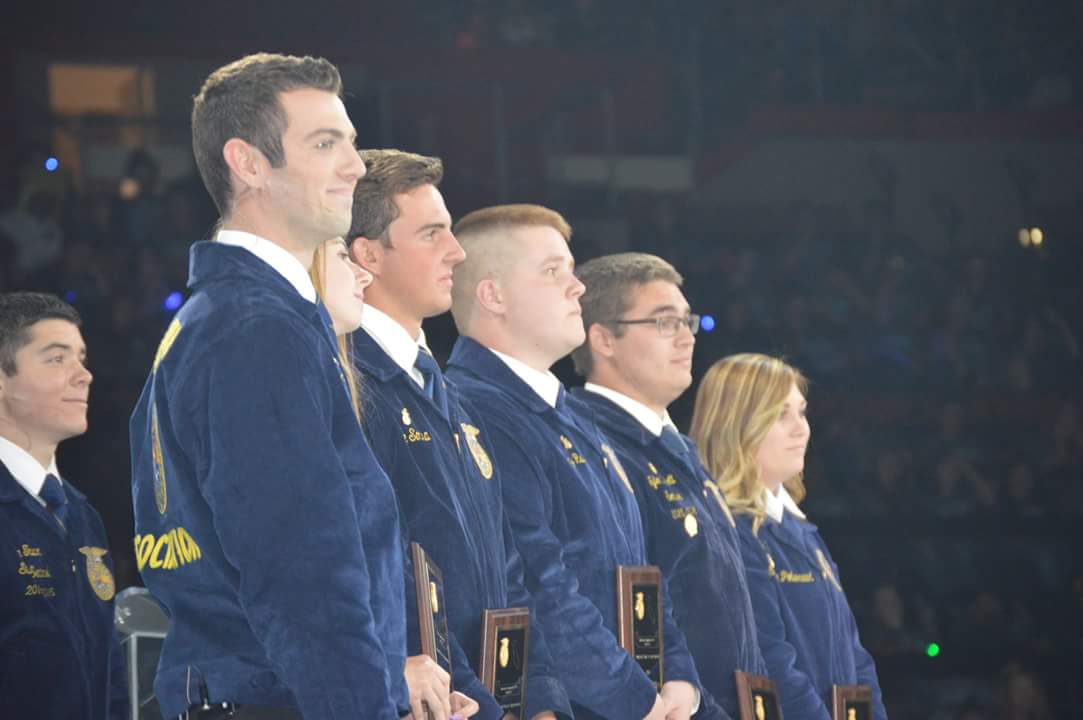Pests and Diseases
BREAKING NEWS: First ACP Found In Monterey County
First ACP Found In Monterey County
By Patrick Cavanaugh, Farm News Director
An Asian Citrus Psyllid (ACP) has been found in Monterey County, thus expanding the ACP Quarantine in the state. This is breaking news as the ACP vectors or has the ability to carry a fatal citrus bacterial disease known as Huanlongbing (HLB) or citrus greening.
“It was in a residential area of northeast Salinas,” said Bob Roach, assistant ag commissioner for Monterey County, “and it’s not really unexpected because, with the exception of Santa Cruz County, we are surrounded by other counties where ACP have been identified on the sticky traps.”
This ACP find was in a residential yard, just north of Salinas. “The most likely cause,” said Roach commented, “When you find it in a residential area, the likely source of the introduction is when people move plants around” from other regions where the psyllid is present.
The California Department of Food and Agriculture (CDFA) will begin the trapping next week,” Roach explained. “They flood the area with traps and then take care of the treatments.” CDFA will coordinate spray programs within 800 meters from the find. “They’re all set up for that,” said Roach.
Featured Image: Adult ACP (Source: The Citrus Pest & Disease Prevention Program)

